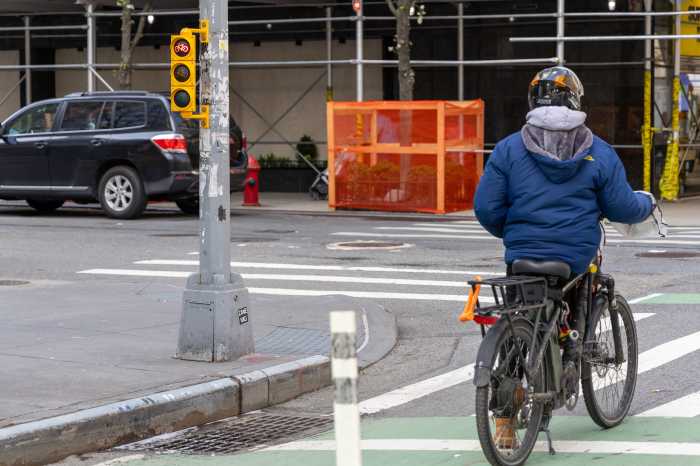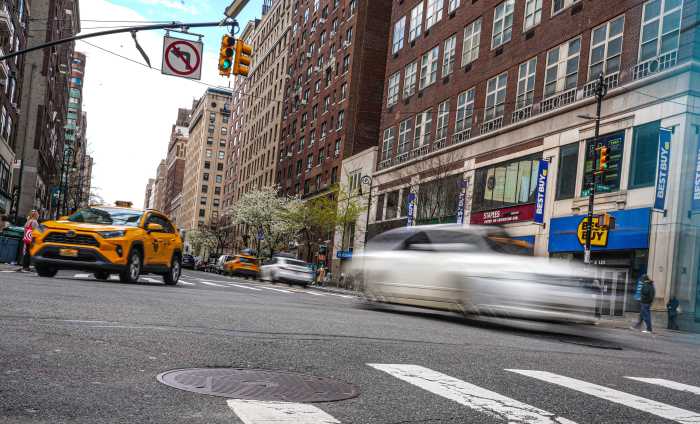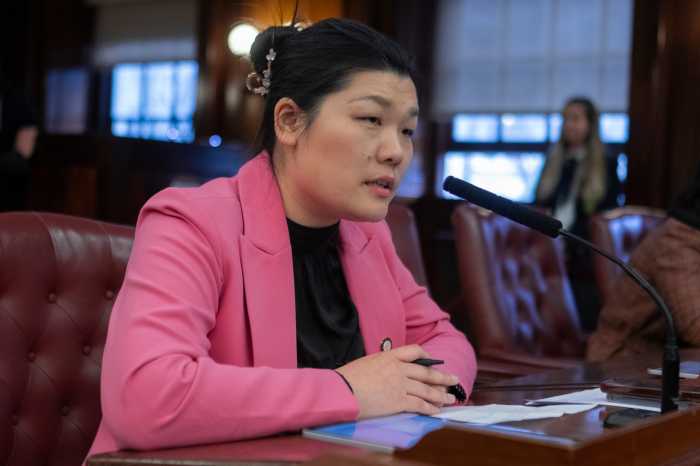The subway’s busiest line is about to get a little faster.
The MTA has increased speed limits along stretches of the Lexington Avenue line of the 4,5,6, according to internal documents obtained by amNewYork.
Sections of track near Canal Street, 14th Street-Union Square and stations north, including where the 4 and 6 stretch out into the Bronx, have received higher speed limits as of this Friday. Speeds are also going up at two portions along the M line in Queens and Brooklyn.
The changes are part of Transit President Andy Byford’s “Save Safe Seconds” campaign to review speed limits implemented in the subway system and replace those found to be overly restrictive. The MTA had increased limits at 150 sections of track in the subway system as of this September, according to officials.
“Every line in the system except the L and two shuttles have seen speed limit increases in the past year, and that work continues with the MTA Train Speed and Safety Task Force,” said Shams Tarek, an MTA spokesman, in a statement. “Increasing speed limits, fixing broken signals and giving employees the confidence to operate at the fastest safe speeds possible, along with the Subway Action Plan to improve infrastructure, are all contributing to shorter run times and the best subway performance New Yorkers have seen since 2013.”
That effort has played a large role in helping the subway system bounce back from a service crisis, with reliability rates hitting highs the MTA hasn’t seen in years.
By Union Square, the speed limit on one track has been increased from 20 to 28 mph; Near Canal Street, another limit of 20 mph was increased to 25 mph.
Along the M, the biggest change announced Friday was seen at the Fresh Pond Road station, where speeds on certain tracks entering and exiting the station were increased from 25 to 30 mph.
Besides just swapping signs, the MTA has to acclimate train operators to the new limits. The authority has also appointed new “Train Service Supervisors” as part of Byford’s campaign to ride along with operators and educate them of the changes.
Paul McPhee, MTA Transit’s chief officer of field operations, wrote in one internal document dated this Friday that the campaign makes the subways more reliable and improves on how many people the system can move each day.
“By adhering to the guidelines and directions provided by these train service supervisors, train operators will greatly improve our ability to safely provide faster, more comfortable and more consistent service while maximizing system capacity,” he said.





































